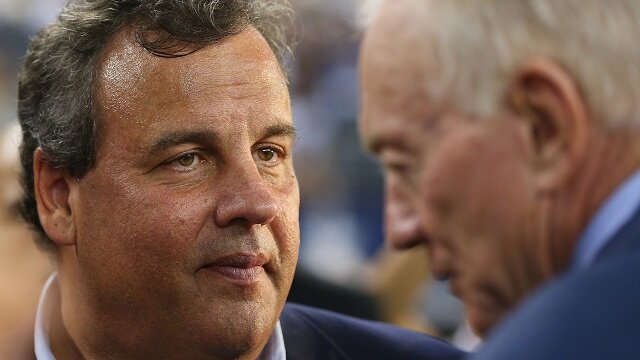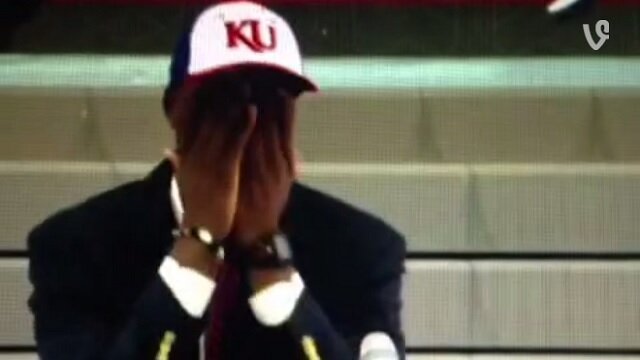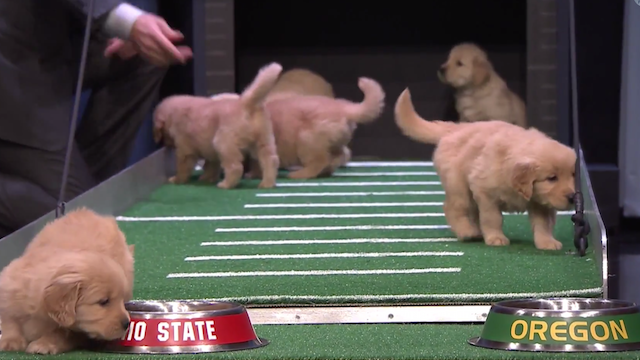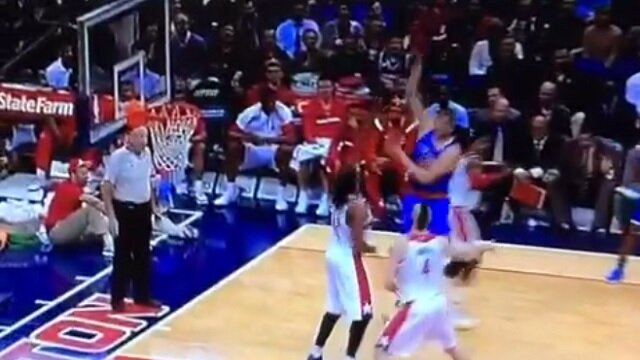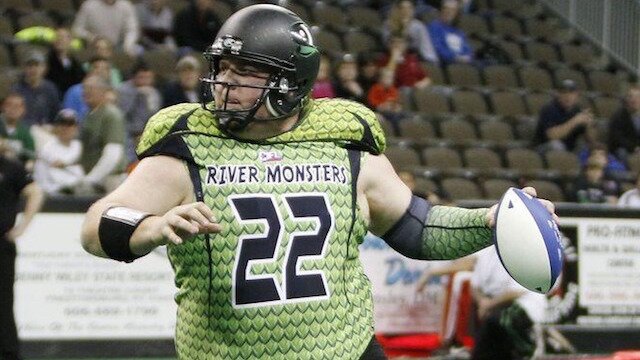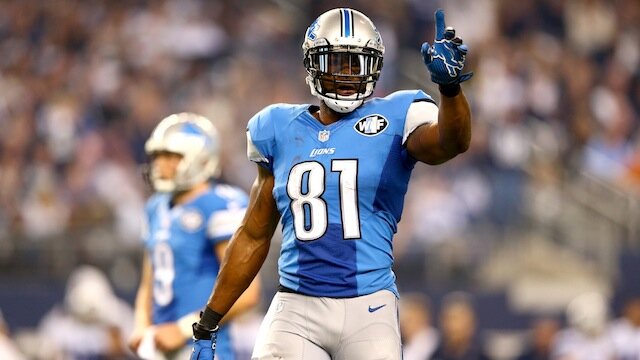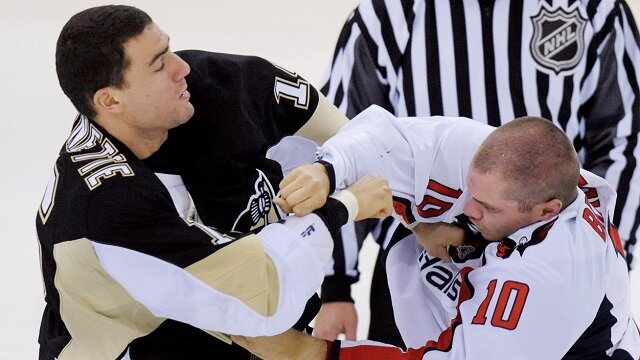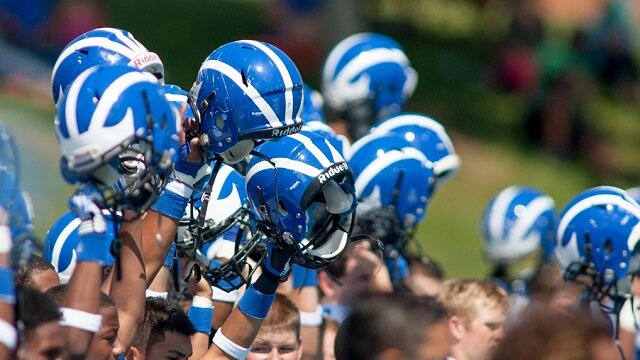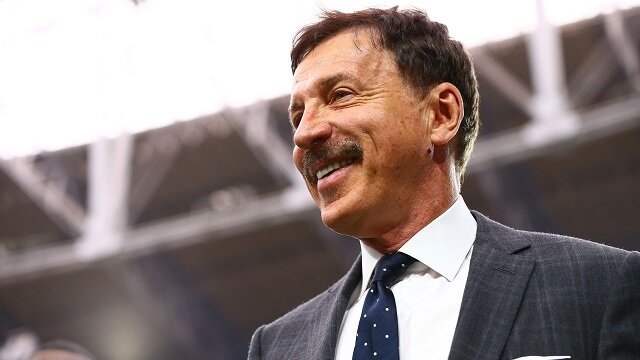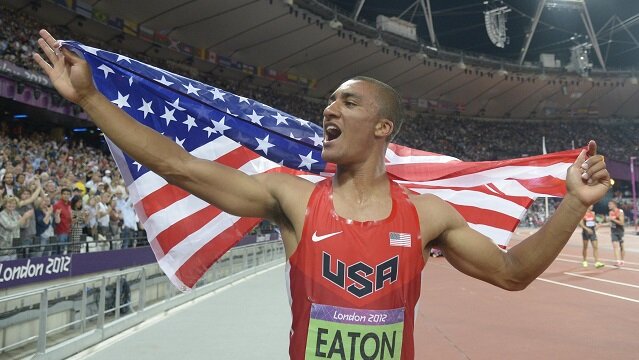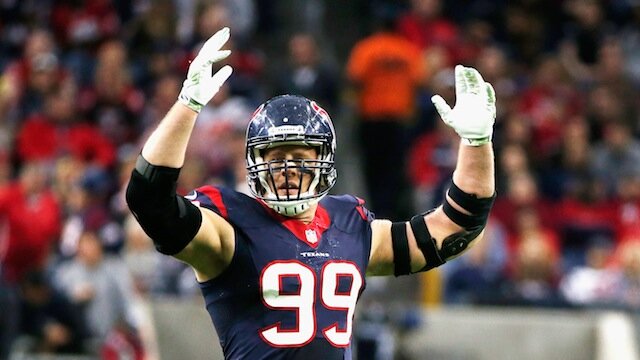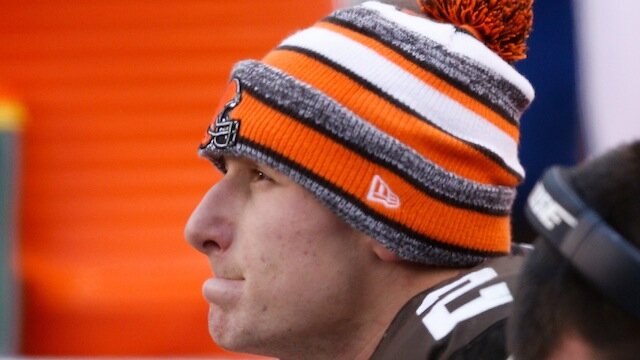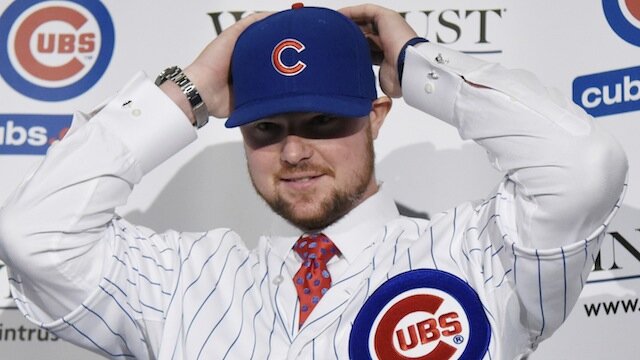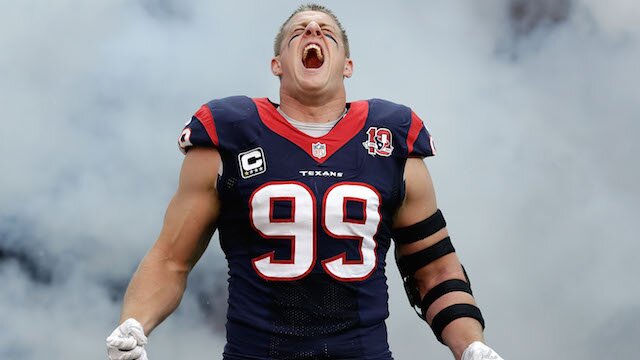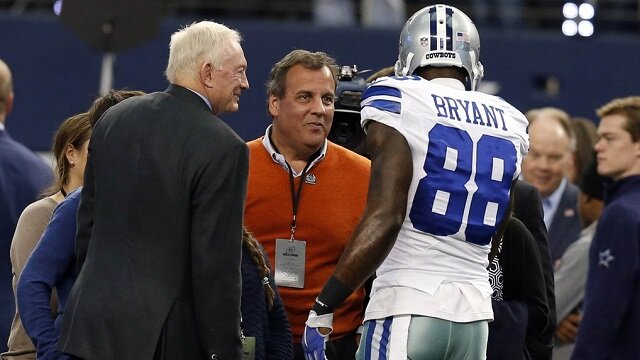Leigh Steinberg Blog: Vigilance Needed to Safeguard High School Football Health
Having spent forty years counseling some of the most prominent players in the National Football League, I was able to share the risks of injury that the sport entails with my two teenage sons. Like any parent, I was naturally apprehensive and had spent endless time with athletes in hospitals and rehab seeing the damage firsthand. Football has an allure and camaraderie that overcomes all admonitions; and both of my sons played high school football.
If you have children or boys you care for who are playing high school football, there are steps you can take to minimize the risk. First, make sure that the young athlete is physically healthy enough to play the sport and has no hidden medical conditions. A group of parents with sons playing football at Newport Harbor High School insisted that a heart screening test be administered to every football player prior to them being accepted on the squad. Sudden heart failure is a fatal condition that stems from a preexisting defect and young people die every year from it.
Dr. Anthony Chang, Chief of Cardiology at the Children’s Hospital of Orange County, administered the tests. The same parents at Newport Harbor and high schools across the country have instituted baseline testing as a way of detecting damage from concussion and head injuries. Developed by Dr. Mark Lovell, formerly at the University of Pittsburgh, it is a cognitive test given prior to the season. When a player suffers a concussion, a second test is given and the degree of impairment can be objectively measured. The Newport Beach parents received the cooperation of Michael Zimmerman and the tests are administered by the athletic department.
The adolescent brain takes three times longer to recover from concussion symptoms and, in rare cases, the actual development of the brain can be retarded. Unlike professional athletes, high school athletes have to go to school and receive grades that will help them go to college.
There are now a series of devices that can be used on the sidelines during games to detect a player who has had a non-knockout, sub-concussive event. Large numbers of players are impaired and should be held out for at least a few plays, if not for a whole game. If not, there is a risk of second concussion syndrome with a brain more easily concussed. Parents should insist on these devices.
Texas A&M sports marketing professor, Lydia Dubuisson, insists that faulty, ill-fitting equipment is the cause of many injuries. She coached high school football at Cleveland High School in Los Angeles and believes that it is necessary to insure that helmets are checked to make sure they fit correctly as well as other protective padding. Often times, high schools use old, worn-out helmets because of economic problems. Current helmets do little more than protect against skull fracture. More protective helmets are on the way. Tate Technology, headed by CEO Jenny Morgan, has a new helmet which uses coil and compression to dissipate the energy wave, greatly reducing the impact.
There is also a move across the country to limit the amount of live hitting during pre-season camp and during the week in season. “Practice Like Pros,” headed by former New Orleans Saints Executive, Terry O’Neil, has pushed legislation to eliminate contact in pre-season and limit contact during in-season practice. Many concussions and injuries occur in the preseason. California recently passed such a law.
Parents need to push to insure that athletes are adequately hydrated. They must demand that state of the art medical resources are quickly available on the sidelines. When parents are actively involved in safeguarding the health of their athletic children, they can help avoid unnecessary risk and sit in the stands with a little more peace of mind.
20 Most Unathletic Looking Athletes in Sports
The collection of athletes in this list proves you don’t have to look like LeBron James to be one of the greatest athletes in the world. Read More
Top 25 Best Nicknames in Sports of All Time
A lot of star athletes are better remembered because of their cool nicknames. These 25 athletes had the coolest of all time. Read More
Steinberg on Kroenke's Plan for NFL in LA
In his official blog, Leigh Steinberg breaks down Stan Kroenke's plan to bring the NFL back to Los Angeles. Read More
The United States' Olympic Dilemma
Boston will try to host the 2024 Olympics. But the bigger issue is why would any American city want to? Read More
Bruna Lima: 20 Hot Photos of Fitness Model
Here's a look at 20 hot Instagram photos of the next big fitness model, Bruna Lima. Read More
15 Biggest Sports Brawls Of All Time
Athletes are often very aggressive individuals. Here are 15 of the biggest brawls in sports history. Read More
20 Easiest Athletes To Cheer For
Very few athletes are able to be great and endear themselves to fans on a regular basis. These 20 athletes possess that rare ability. Read More
Johnny Manziel and 20 Athletes You Love To Hate
Athletes like Johnny Manziel polarize themselves from the public, and these 20 are the most unlikable in all of sports. Read More
15 Fast-Rising Sports Franchises
There are several sports franchises that haven't been good in the past but are headed toward contention now. Expect these teams to win a title or two in the next few years. Read More
5 Records That Will Be Shattered in 2015
By the time the year 2015 has come to an end, these sports records will have fallen. Read More
The Most Surprising Celebrity Sports Fans
Chris Christie isn't the only celebrity that really, REALLY loves his favorite sports team. Read More
UFC Champ Jon Jones Tests Positive For Cocaine
UFC champion Jon Jones will enter rehab after testing positive for cocaine. Read More
